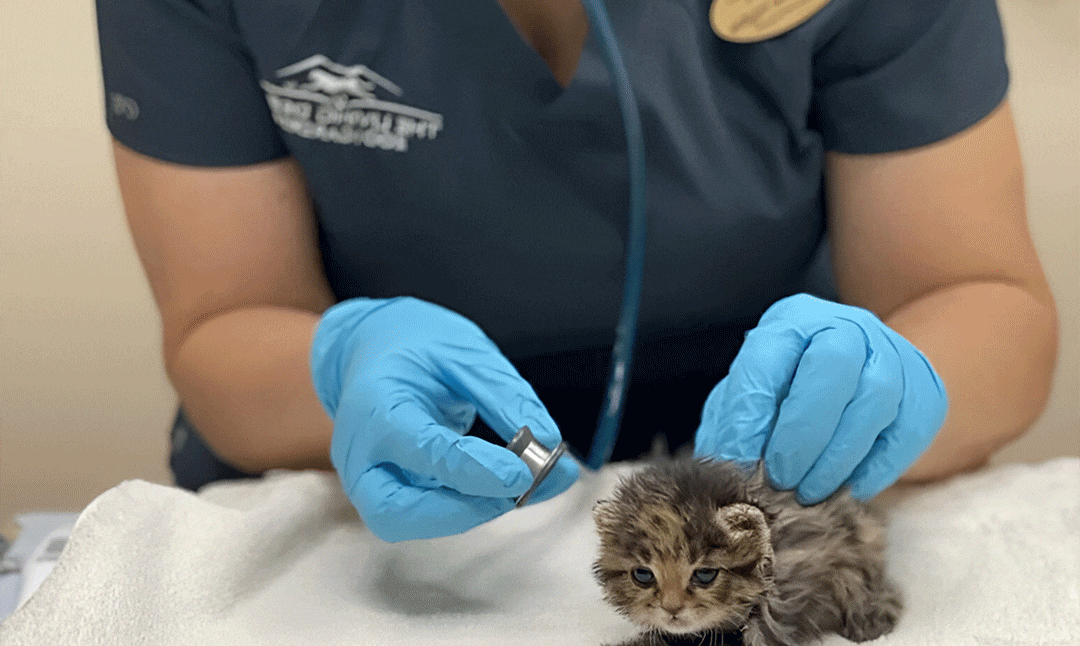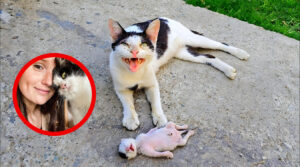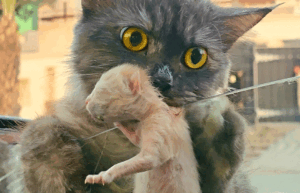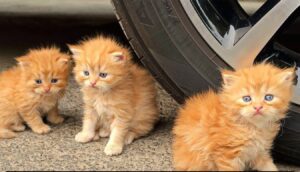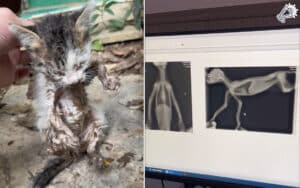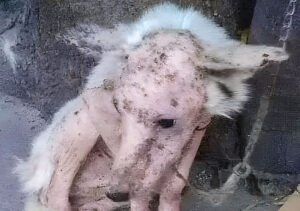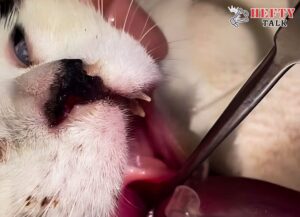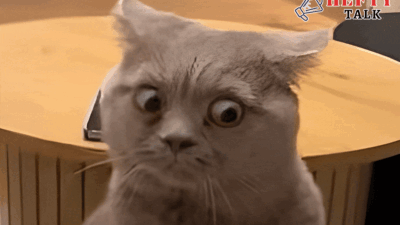When I first laid eyes on Mufasa, he was nothing more than a fragile, dehydrated kitten, clinging to life. He had been found in an old barn, abandoned and alone, with no sign of his mother. Little did I know, this tiny bundle of fur might be one of the most extraordinary animals I’ve ever encountered.
A Chance Encounter: Mufasa’s Journey to Recovery
It all began when a kind soul brought Mufasa to our doorstep. The kitten, estimated to be around three weeks old, was in a critical state. His eyes were dull, and his frail body trembled with exhaustion. We immediately started bottle feeding him and keeping him warm.
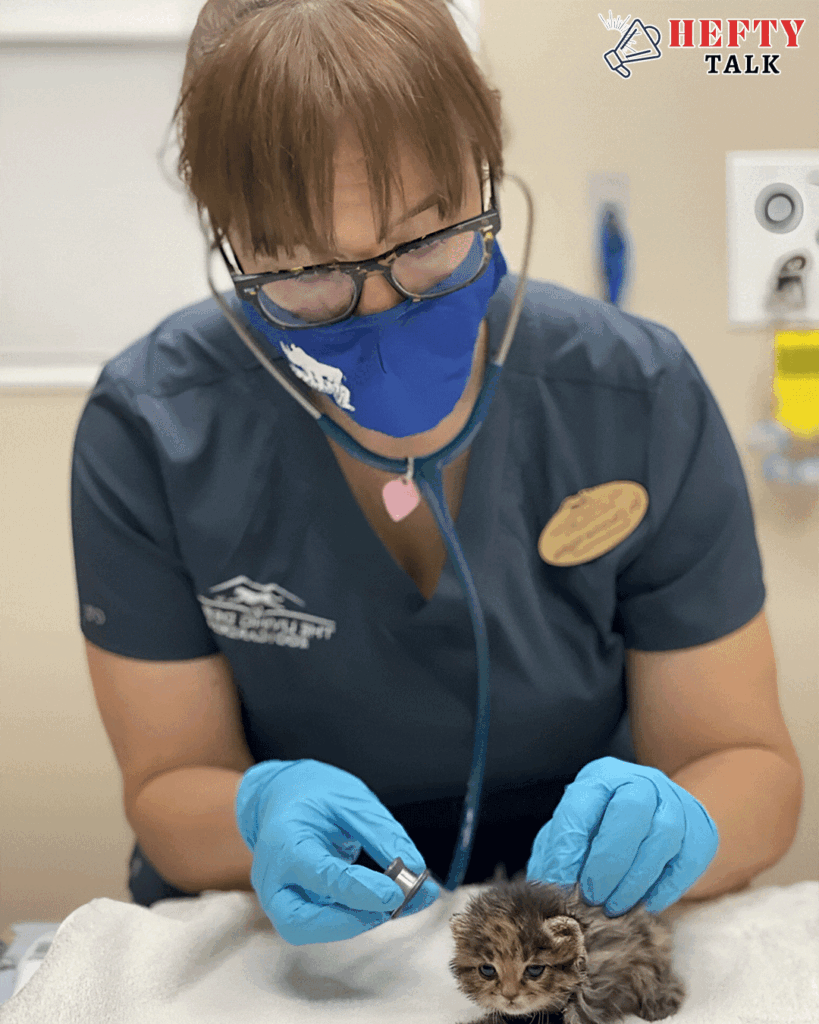
Dr. Elsa, our resident veterinarian, took him under her wing. With years of experience raising kittens, she was confident she could nurse him back to health. Within a week, Mufasa’s transformation was remarkable. He gained strength, transitioned to solid food, and began exploring his surroundings with a curious gleam in his eyes.
Unusual Behaviors: Signs of a Wild Heritage?
As Mufasa grew stronger, something about him struck us as unusual. He didn’t purr like other kittens. His movements were cautious, almost predatory, and his demeanor was wild. Dr. Elsa noticed these differences immediately.
“He’s not behaving like a domestic kitten,” she said one day, observing him closely. “There’s something wild about him.”
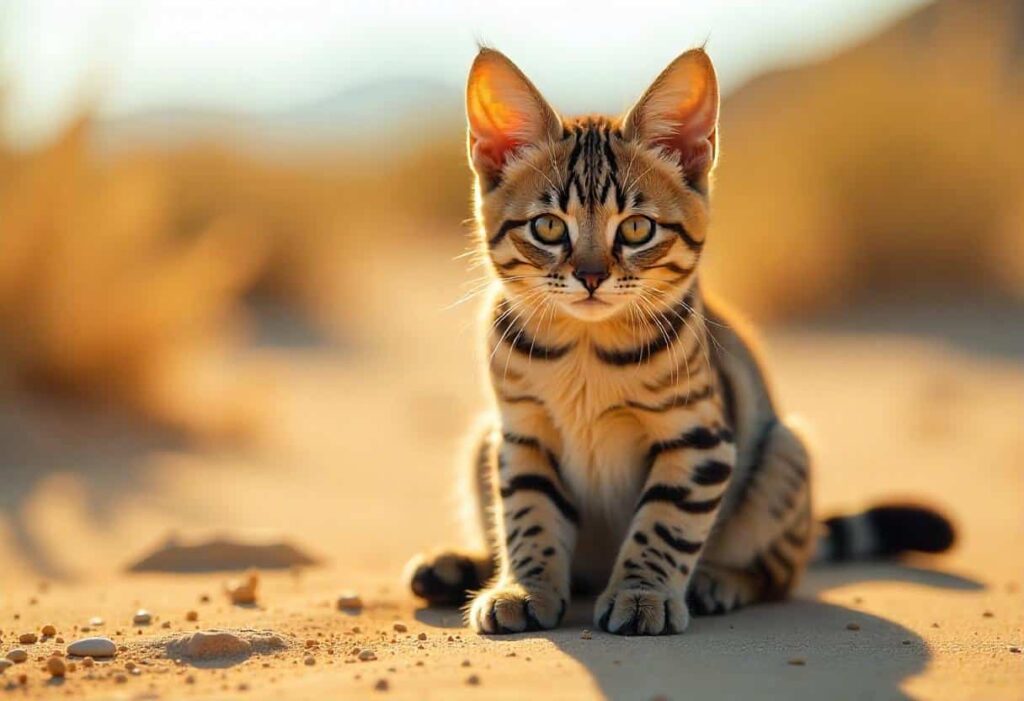
It was then that she suggested the possibility: Could Mufasa be a Black-Footed Cat or carry their lineage? These African wild cats are known for their small size, striking markings, and distinctive black footpads. As we examined Mufasa more closely, we couldn’t ignore the resemblance.
What Makes a Black-Footed Cat Unique?
Black-Footed Cats are among the smallest wild cat species in the world. Despite their size, they are formidable hunters with an impressive success rate in catching prey. Their dark footpads, a defining feature, help them blend into their natural habitat.
Mufasa’s physical traits—the black pads on his feet and his bold markings—aligned with this description. His behaviors, like avoiding human contact and displaying a heightened awareness of his surroundings, only strengthened our suspicion. Dr. Elsa was determined to find out more.
Confirming Mufasa’s Identity
To establish whether Mufasa is truly a Black-Footed Cat, we’ve been consulting wildlife specialists. Pictures and videos of him have been sent to experts in African wildlife. Their input will help us determine the best way forward for his care.
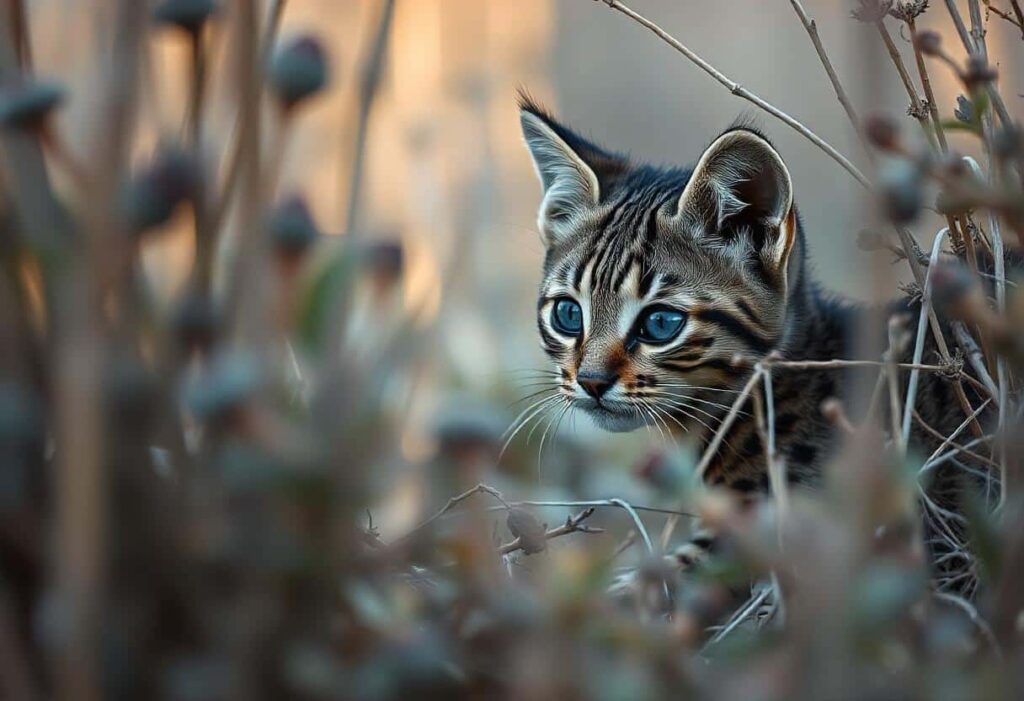
If Mufasa turns out to be a Black-Footed Cat, we’ll need to reevaluate our approach. These cats are not suited for domestication and require specific habitats and conditions to thrive. Our priority is to ensure Mufasa’s health and well-being, whether that means finding a sanctuary or preparing him for life in the wild.
What’s Next for Mufasa?
For now, Mufasa is thriving in our care. He’s a curious and adventurous little feline, always exploring his surroundings. While we await confirmation of his species, we continue to provide him with the best possible care.
If he’s indeed a Black-Footed Cat, his journey will take a different path. These incredible creatures play a vital role in their ecosystems, and preserving their genetic lineage is crucial. Mufasa’s story reminds us of the delicate balance between wildlife and human intervention.
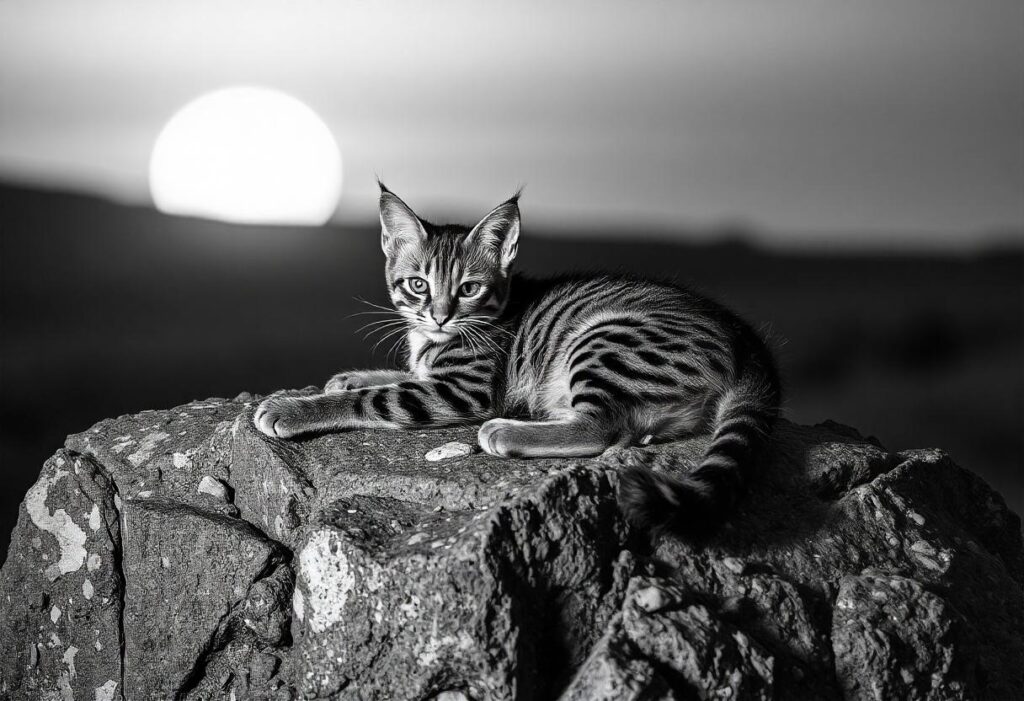
What We Can Learn from Mufasa
Mufasa’s tale is a powerful reminder of the wonders of nature. His presence has sparked curiosity and a deeper appreciation for the diversity of life around us. It’s not every day that we get the chance to care for a potential Black-Footed Cat, and the experience has been both humbling and awe-inspiring.
If you’ve ever encountered a wild or unusual animal, you’ll understand the mix of responsibility and wonder we feel. Share your own experiences in the comments—we’d love to hear your stories!


